Design in times of war, in times of peace, and in times of uncertainty serves as a soundboard to which we cling. It could be a chair, a bed, a lamp, or anything big or small offering emotional support, comfort, and strength to soldier on. Sure, the inception of design happened as a utilitarian creation but it evolved into so much more. We connect to things on an emotional level: Think about heirloom furniture passed down generations, a lamp from your grandma’s house, your father’s watch, your mother’s dress, and so on.
How designs materialize, with what driving force or which materials, comes down to what is happening around us. How we perceive design is also correlated to our surroundings. “Design trends are shaped by global narratives. Wars drive minimalism and utilitarianism, while post-war optimism sparks bold, expressive styles,” says Maria Porro, President of Salone del Mobile.
As you can imagine, design evolves with us. Earlier, it used to be more focused on form and function but a wind of change has been seen in the past handful of years toward design that focuses on humans, their memories, and emotional intelligence to provide an immersive experience. Leading such change are global events like Milan’s Salone del Mobile. The theme for Salone del Mobile 2025 edition is “Thought for Humans,” which sparks a conversation on how and where every build is designed to interact with humans and stimulate multiple senses beyond utility.
Salone del Mobile will express this concept through a lineup of installations and talks, delving deeper into the cultural value of design. Take the design fair for example. Both the city (Milan) and the festival have become profoundly entwined into each other’s legacy. So much so that Milan’s historic trams are wrapped in the Thought for Humans campaign visuals, evoking a conversation and seeding an idea even for the most uninitiated whether they are locals or tourists. The design fair is enshrined in the city’s culture, its people, and its innate design aesthetic, deepening the connection between the two.
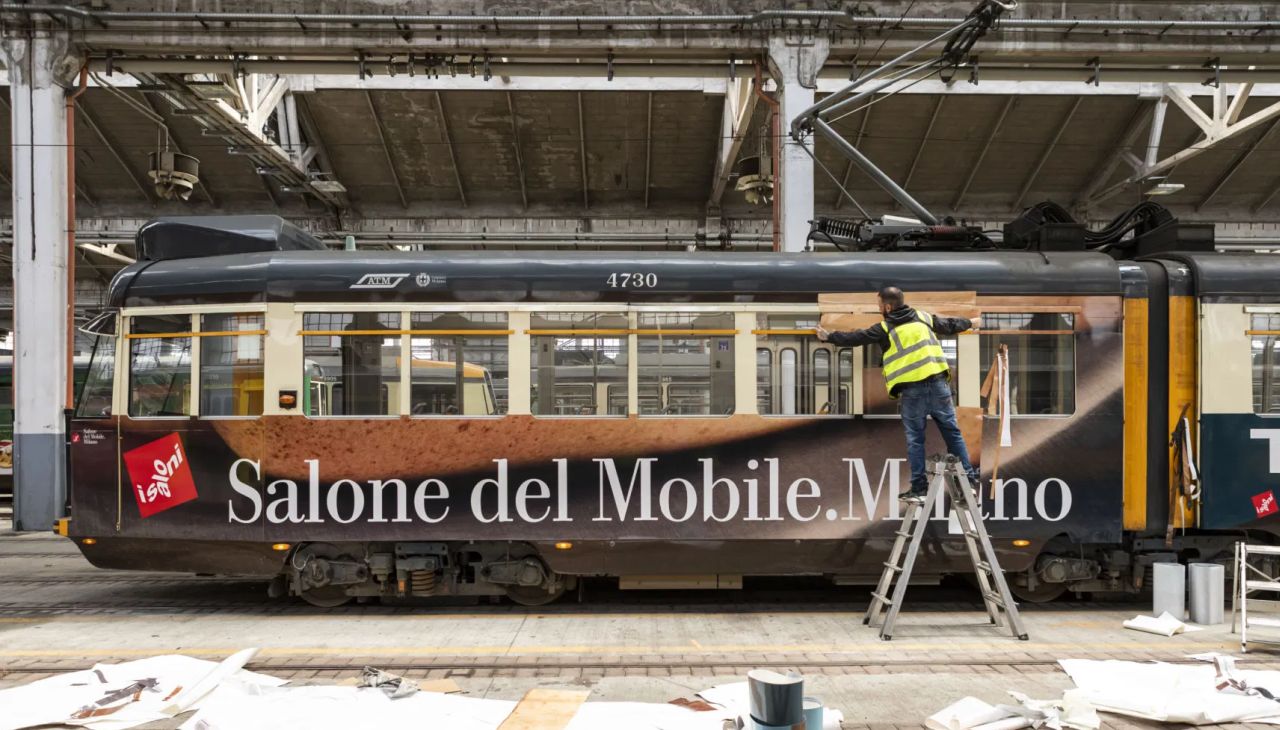
The human-centered design doesn’t just offer stimulus to human emotions and intelligence but emphasizes sustainability and craftsmanship simultaneously to address the changing world: A world where slow fashion should be an eco-conscious practice to eliminate over-consumption and over-production, ensure circular economy, and preserve the environment at all costs. Every year, Salone del Mobile witnesses this flame of change spreading with more and more brands/designers embracing eco-friendly practices for the benefit of all, along with thought-provoking exhibits that make you ponder on the implications of the design world on humans, other species, and the planet as a whole.
The theme of each edition shapes the fair’s visual storytelling. This year’s theme is developed by Dentsu Creative Italy and highlights the multifaceted relationship between design and the human body. To underscore the theme, American photographer Bill Durgin – who is wildly popular for his surreal concept of fracturing the human body into living sculptures – created exceptional images blending various materials like wood, metal, bioplastic, and textiles with the human form. The author of this year’s communication campaign, Durgin stipulates that design is not just about objects, but how they interact with human life.
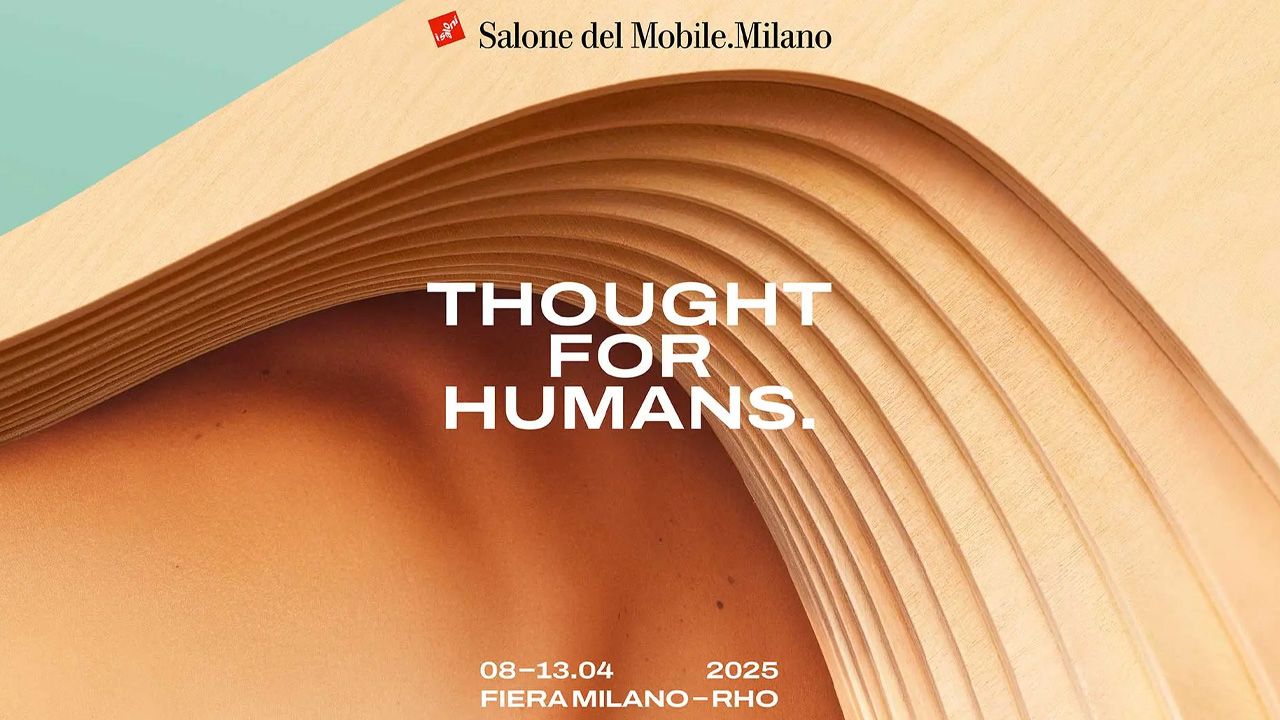
The design exhibits are set to provide an immersive experience connecting design, art, and innovation with everyday life, further exploring the theme. To project this theme into every corner of the fair, Salone del Mobile 2025 is offering a side of a multidisciplinary cultural program to its main exhibitions, which merges art, film, and architecture.
This laser-focused approach includes Pierre-Yves Rochon’s visionary interior design project Villa Héritage; Paolo Sorrentino’s installation La Dolce Attesa; Robert Wilson’s dialogue between light, sculpture, and Michelangelo’s unfinished Pietà Rondanini Mother; and Euroluce International Lighting Forum. While the former three will point to the poignant relation between material and the human condition, Euroluce will feature discussions on AI integration in design, sustainability, and biophilic environments.
Putting human beings at the center of the narrative, the 2025 edition of the design fair will stimulate the human senses and how design is perceived in everyday life. It emphasizes that great design is not meant to be just pretty, rather it brings an inexplicable joy to our lives, from movement through spaces and working in the kitchen to sitting around a table.
Bill Durgin says, “Designing furniture, I learnt how designers study the human body, our movements, our abilities, our postures, all to make life easier. Design is rooted in the human anatomy and feeds on the continuous interaction with it.”
This year, Salone del Mobile will tell the story of design as an enabler for improving the quality of everyday life while interacting with us on an emotional level. It stresses the true purpose of design: to reflect, visualize, and create things that palpably address our requirements as individuals and communities.
Luca Adornato, marketing and communications director for Salone del Mobile, shared,
“With this campaign, we are taking the next ambitious step in the communication journey undertaken in recent years by embracing photography: a universal and timeless language that is inherently concrete and makes our message immediately understandable at a global level. Through photography, Salone communicates and illustrates the value of the connection between man and material, making it accessible and engaging to everyone. This bold choice underscores how Salone continues to be a platform capable of innovating, connecting, and looking towards the future…We wanted to celebrate the beauty of materials and their ability to merge with the human body, emphasizing how crucial it is for contemporary design to be sustainable and responsibly projected towards the most ethical future possible.”
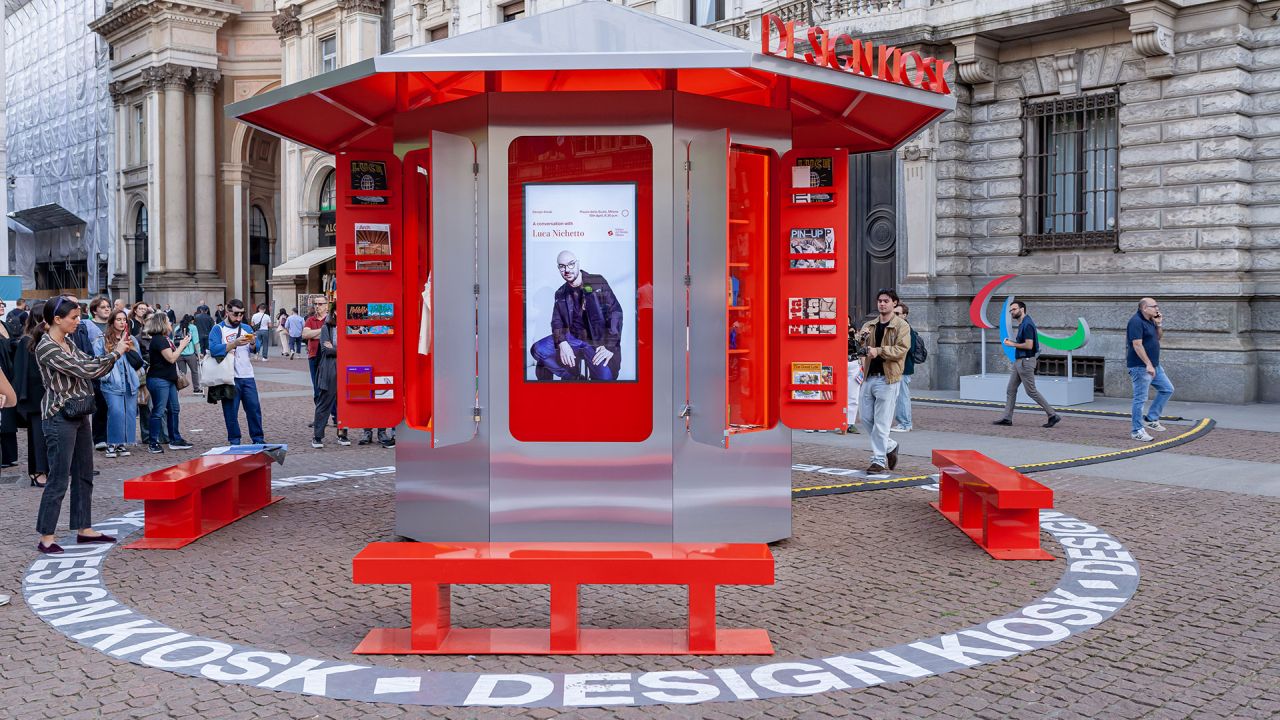
The conversation has just begun and the products gracing the Milanese halls will further this narrative through texture, material, and all-inclusive patterns. It urges us all – the beholder, the consumer, and the creator – to reflect upon how any design impacts our lives, our surroundings, and overall, the planet.
Salone del Mobile 2025 with its Thought for Humans theme will honor the natural harmony between the human body and materials that reflect the evolution of design, craftsmanship, and sustainability across time: wood, metal, fabric, and even light. This approach is set to change how we see, create, and consume design while pondering the implications of a circular economy.
Follow Homecrux on Google News!
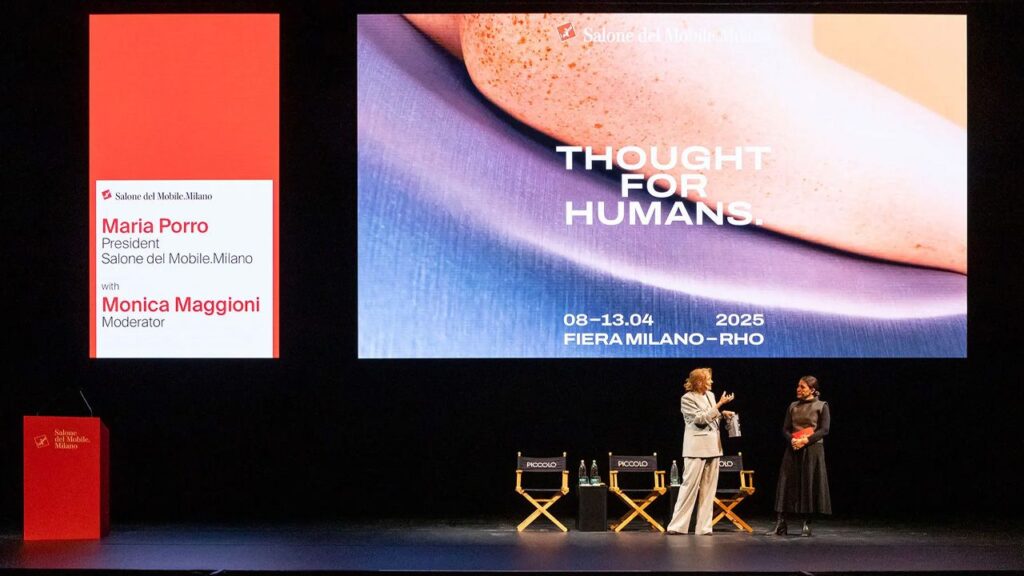

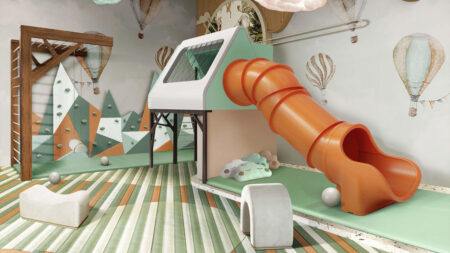
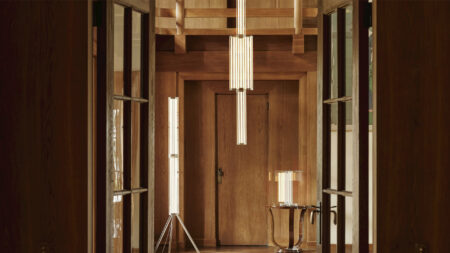

The 2025 Salone del Mobile’s “Thought for Humans” theme is praiseworthy. It effectively links design to human emotions, sustainability, and craftsmanship. The diverse exhibits and cultural program promise to offer a profound exploration of the design – human relationship, setting a new standard for design fairs.